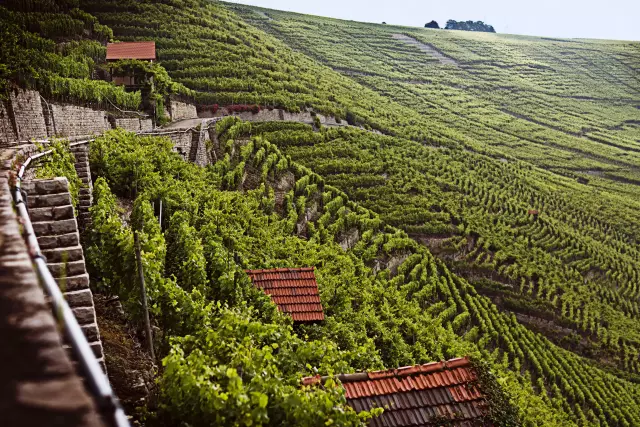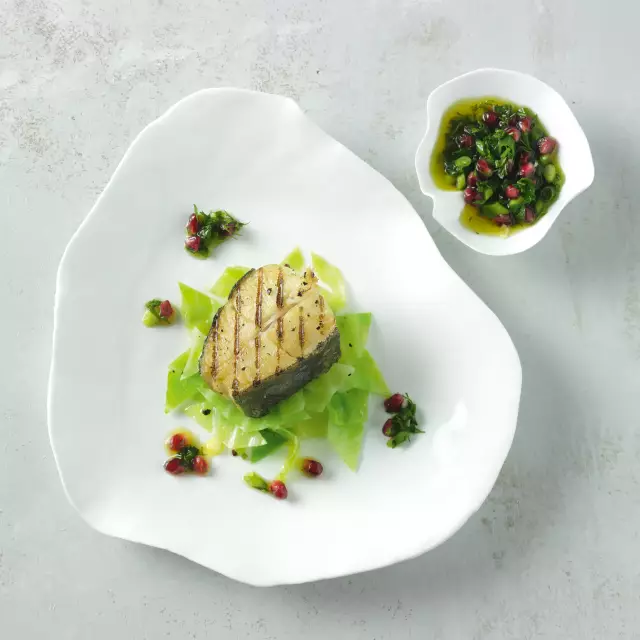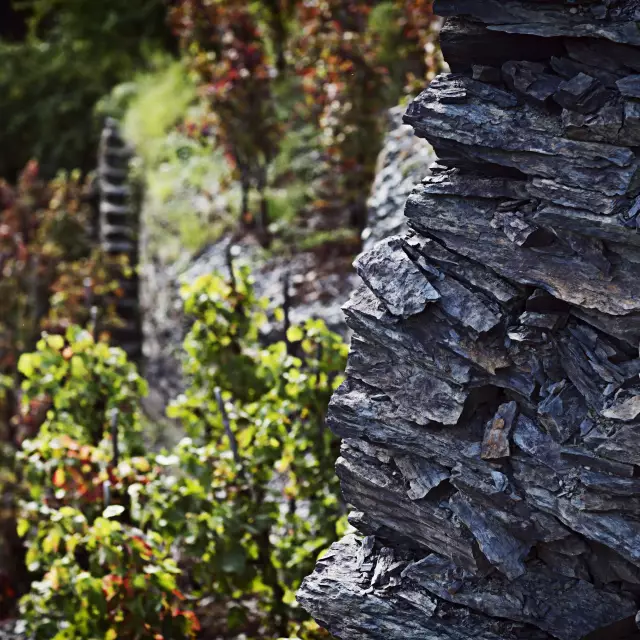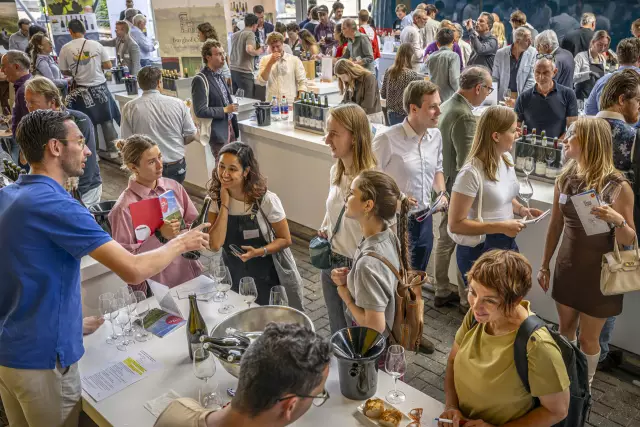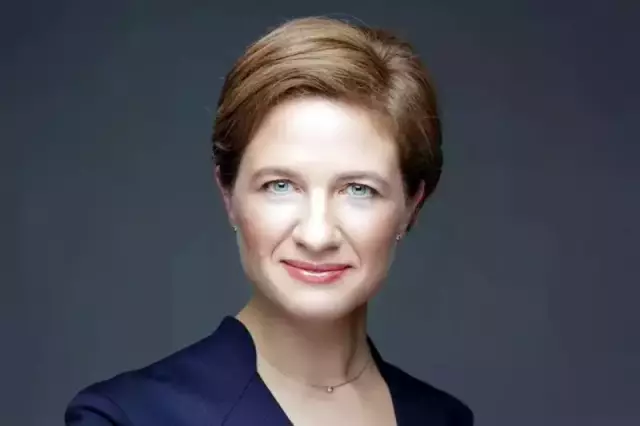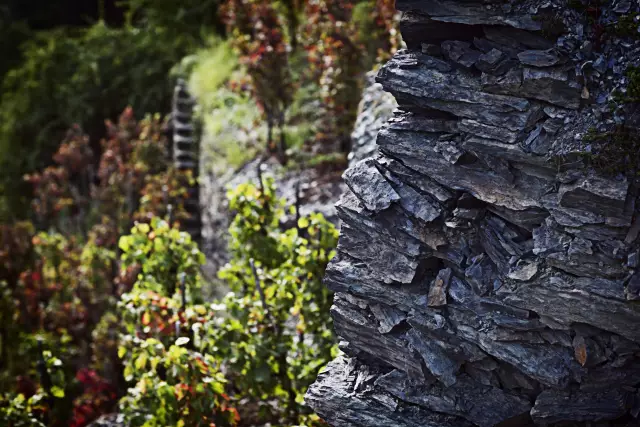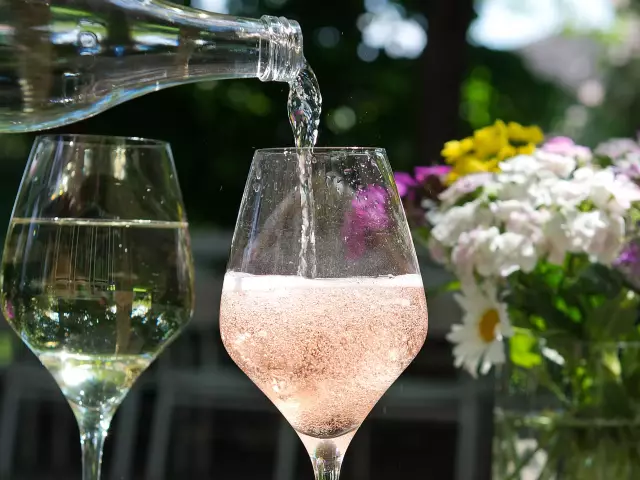Latest news
-
DWI Current Utrecht: Spotlight on Germany's Chardonnay at "Riesling & Co" 27.06.2025
Over 350 wine experts attended this year's “Riesling, Pinot & Co” presentation in Utrecht, The Netherlands. Fully booked masterclasses, moderated by the renowned wine journalist and Magister Vini Lars Daniels, were a successful prelude to further tastings among experts.
Learn more -
DWI Current New Verve: 31Days of German Wine commence in UK 26.06.2025
The reknown campaign "31 Days of German Wine" returns to the United Kingdom in July, but not as connoisseurs' know it.
Learn more -
Press releases Melanie Broyé-Engelkes becomes the new Managing Director of the German Wine Institute 24.06.2025
On June 24, the Administrative Board of the German Wine Fund (DWF) unanimously appointed marketing expert Melanie Broyé-Engelkes to the new Board of Directors, who will also take over the management of the German Wine Institute (DWI).
Learn more
Ahr
With 529 hectares of vineyards, the Ahr is one of the smallest wine-growing regions in Germany. Mainly red wines thrive on the steep slopes above the river.
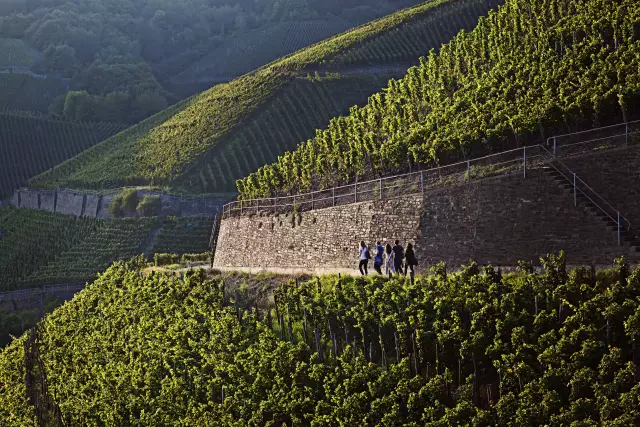
Baden
The Baden winegrowing region, with 15,727 hectares of vineyards the third largest in Germany, extends in a north-south direction over a length of about 400 kilometers.
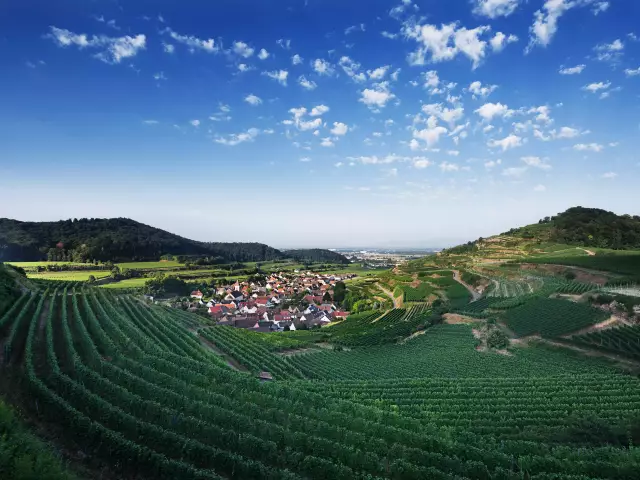
Franken
The Bocksbeutel is the trademark of Franconian wine, which has been cultivated for over 1200 years, especially along the Main River. Franconian wine country is bordered by the Rhön Mountains to the north, the Steigerwald Forest to the east, the Tauber Valley to the south and the Spessart Mountains to the west.
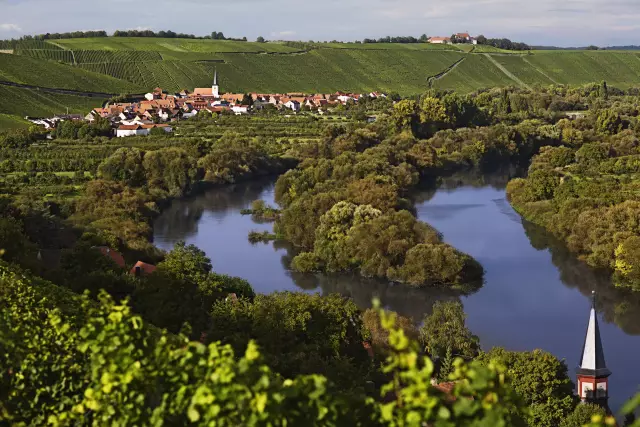
Hessische Bergstraße
When it is still cool in March or April in some places, the almond blossom already begins on the Hessian Bergstrasse. Spring usually starts a few days earlier.

Pfalz
the Palatinate has many superlatives: the largest wine festival in the world in Bad Dürkheim, but also the first and most famous wine street, the German Wine Street.
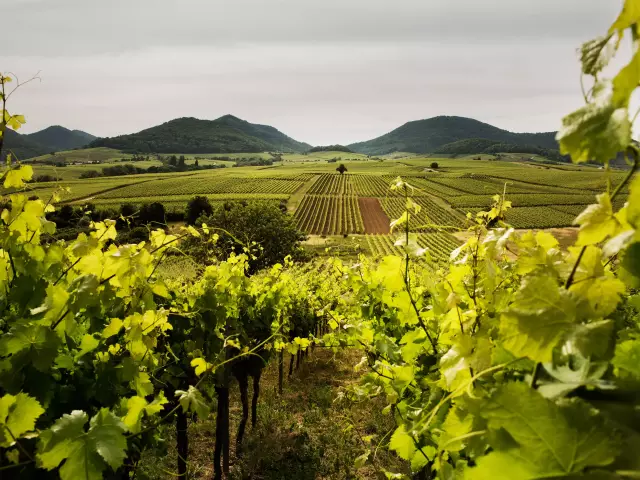
Rheingau
It is thanks to a freak of nature that the Rhine, which otherwise flows in a northerly direction, turns almost at right angles to the west at Wiesbaden, only to flow north again just 30 kilometers later at Rüdesheim am Rhein.

Rheinhessen
A thousand hills and vines as far as the eye can see - that is Rheinhessen, Germany's largest wine-growing region.

Mittelrhein
The Rhine Valley between Bingen and Bonn offers a picturesque backdrop. Vineyards crowned by castles and medieval towns adorn the banks of the Rhine.

Mosel
The wine-growing region along the Moselle, Saar and Ruwer rivers is considered Germany's oldest wine region. The Romans brought viticulture to the Moselle on a grand scale.

Nahe
On the Nahe, visitors can expect gentle greenery, romantic river valleys and dramatic rock formations and also hospitable winegrowers and their diverse wines.

Saale-Unstrut
Two rivers give the growing region its name, as the mostly terraced vineyards are mainly located in the narrow river valleys of the Saale and Unstrut rivers.
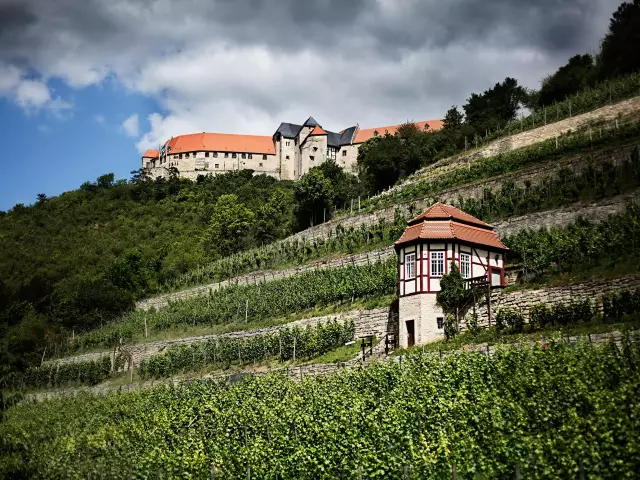
Sachsen
Sachsen is the easternmost and, with 522 hectares, one of the smallest wine-growing regions in Germany. The vineyards only begin near Dresden, at 51 degrees north latitude.

Württemberg
Among the major German wine-growing regions, Württemberg ranks fourth with 11,392 hectares. Here, red grape varieties dominate the vineyards with 65 percent.
